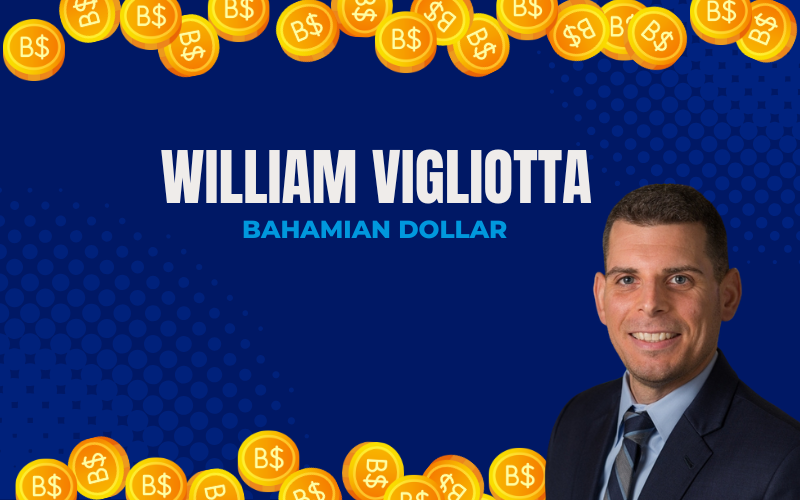The Euro retained some its recovered value from yesterday after actual economic indicators helped ease fears of bad times in the Euro-zone.
Overview
The U.S. Dollar is trading in steady ranges as markets cool down ahead of key labor data out of the U.S. tomorrow. The Employment Situation for September will likely cause a heavy move for Dollar flows one way or the other especially after stellar Job Openings caused fear of high-interest-rates-for-long. Indeed, equities have taken a hit with the risk-aversion taking place as record yields since 2007 attracted a dramatic jump towards safety. Global recovery or tilt towards growth matters none with inflationary as well as tight monetary expectations still plaguing long-term outlooks.
The Fed, the European Central Bank, as well as other important financial decision-makers are also playing it very cautiously with how far down the line they plot their moves. Chances for a pivot are low and we will all have to exercise patience with the effects of adjusting to a less aggressive increase in borrowing costs. The next six months will test if Housing improves, if labor can remain a pillar of strength, and if the rest of the world can start looking like they are overcoming dire times. A less globalized world in competing blocs makes for doubts and uncertainty, further feeding dollar-bulls so far this month.
EUR ⇑
Germany, the largest member economy, has finally seen a bit of light with expansionary readings as business leaders look to spend more on productivity. In general, poor confidence has been hard to shake, but gauges and surveys turning more optimistic are aiding the shared currency in a rational way.
Labor numbers in the U.S. would have to show a steep decline in order for the Fed to avoid hiking interest rates one more time this year, and if so, we could experience a Euro rally to close out the week. Otherwise, the Euro may experience some losses back to levels seen earlier this week that matched the weakest point for the tender since last December.
MXN ⇓
The Mexican Peso has fallen to its weakest against the buck since the end of April, primarily depreciating as a result of the flight to safety towards USD-denominated assets. As yields reached the highest levels since 2007, Emerging-Markets were thrown to the backburner with belief, that just like Brazil and Chile, all LATAM will need to move towards cutting interest rates regardless of what the Fed chooses to do with their policy.
After a period of attracting investment because of high-interest returns, EM has lost its luster. What will drive these currencies upward will be economic resilience and maintaining levels of growth that average over 1.5% or higher quarterly when all other advanced nations cope with contractions and dip into the recessionary symptoms. Additionally, each country will be scrutinized individually more going forward. A signal that the Fed will hold the rest of the quarter without increasing rates would also help MXN mount a comeback.




